Be sure to protect that noggin
I'm not a doctor and my nickname isn't "Doc," but I do know one thing: I can regulate my temperature like a thermostat by putting on or taking off my winter cap. The saying goes, and I believe it's true, "You lose most of your body heat through your head." Putting on a hat can warm up your entire body, even your feet. Taking off your hat will quickly cool you down or keep your body temperature stable and comfortable.
As a personal example, I can go most of the day without wearing a hat if the temperatures are in the high 20s. If the temps get into the low 20s you will see me put on and take off the hat frequently. On steep terrain the hat is off because I am working up some excessive body heat, on the flats and downhills, most of the time it's on. When my hat is off, it gets tucked into my coat or baselayer so I can easily get to it in a hurry and also keeping it close to me body keeps the moisture in the hat from freezing. I like to put on a warm hat when I want warmth. If your hat is cold and frozen, your head will need to heat it back up first, which is very anti-productive.
A preference for me is to carry two hats for a day trip: A light layer for warmer temperatures and easier temperature regulation, and a heavier hat for summits, tree line, heavy winds, cooler conditions and as a backup.
Cotton hats
While you don't see very many cotton beanies or hats, they do exist and these are horrible for the backcountry. Think about when it snows or when the snow drops from the trees, where does it land first? Your head! The cap becomes soaked as the heat from your head melts the snow, then you take off the cap and put it in your pack, frozen solid, and it will never dry while you are in the field.
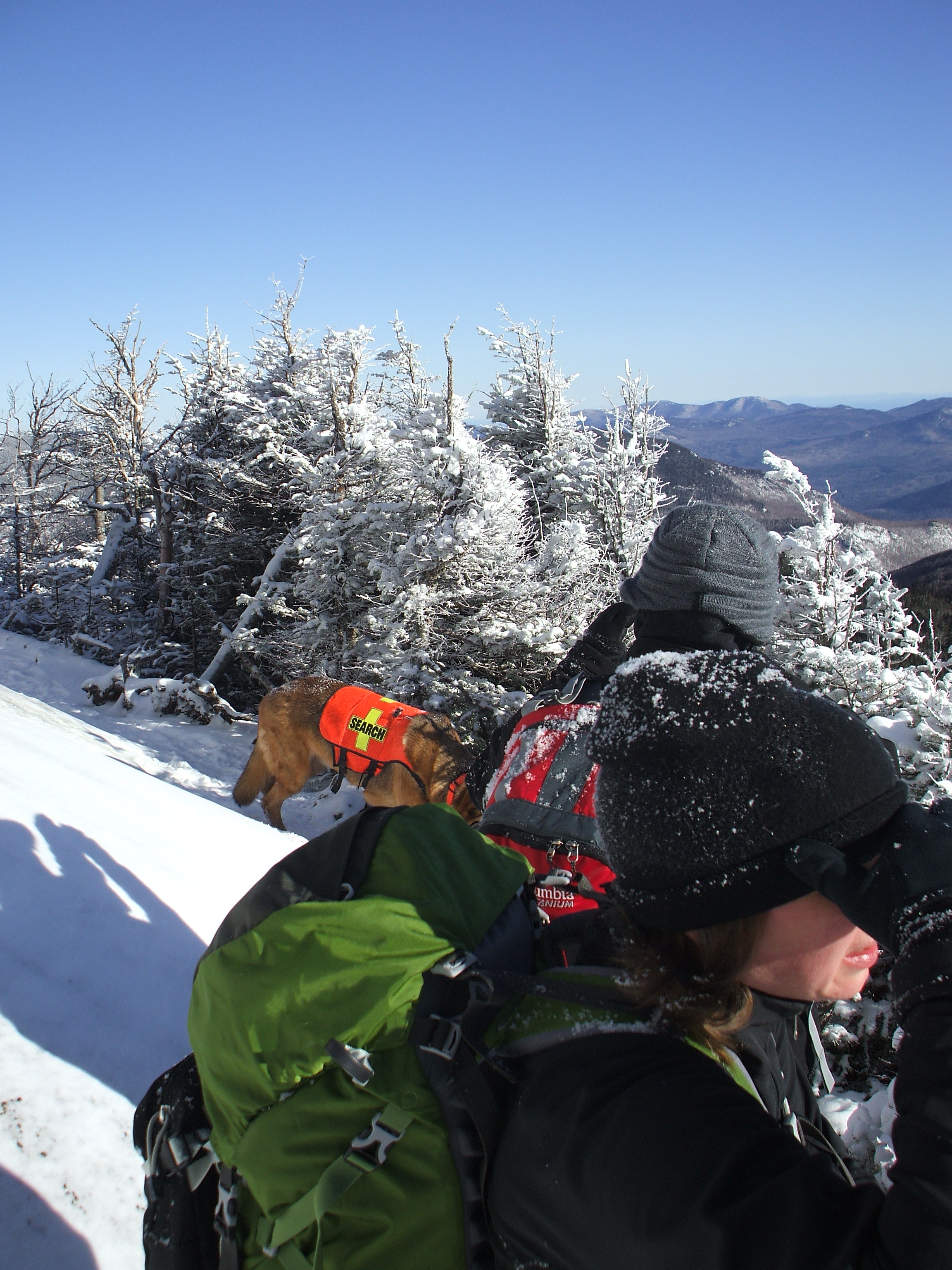
Wool and fleece hats
These are the best you can buy for winter and cold weather conditions. Even when these get wet they retain their warming properties. They are soft and typically have a good fit for most head shapes and sizes. Some do come sized, so be sure to check the fit before you buy. With most clothing you don't want it too big or too tight.
It is best to purchase a hat that fully covers the ears. Don't get a real shorty and then end up with frostbitten ears. You can always roll them up over the ears to cool off. Don't be skimpy on the hat; it's generally an affordable piece and one of the most important.
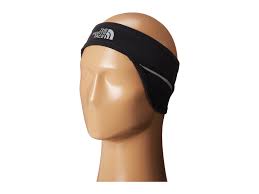
Ear bands
These are great alternatives for when hats are too much, but your ears get cold. Don't pack this in place of a hat; you'll still need to have that with you. I often see ear bands with a shorter hat, set up similar to a two piece.
Liners:
These are awesome, and I highly recommend you have one of these in your pack. I use a liner for warmer winter conditions, for under a ski helmet, and when sleeping during winter camping.
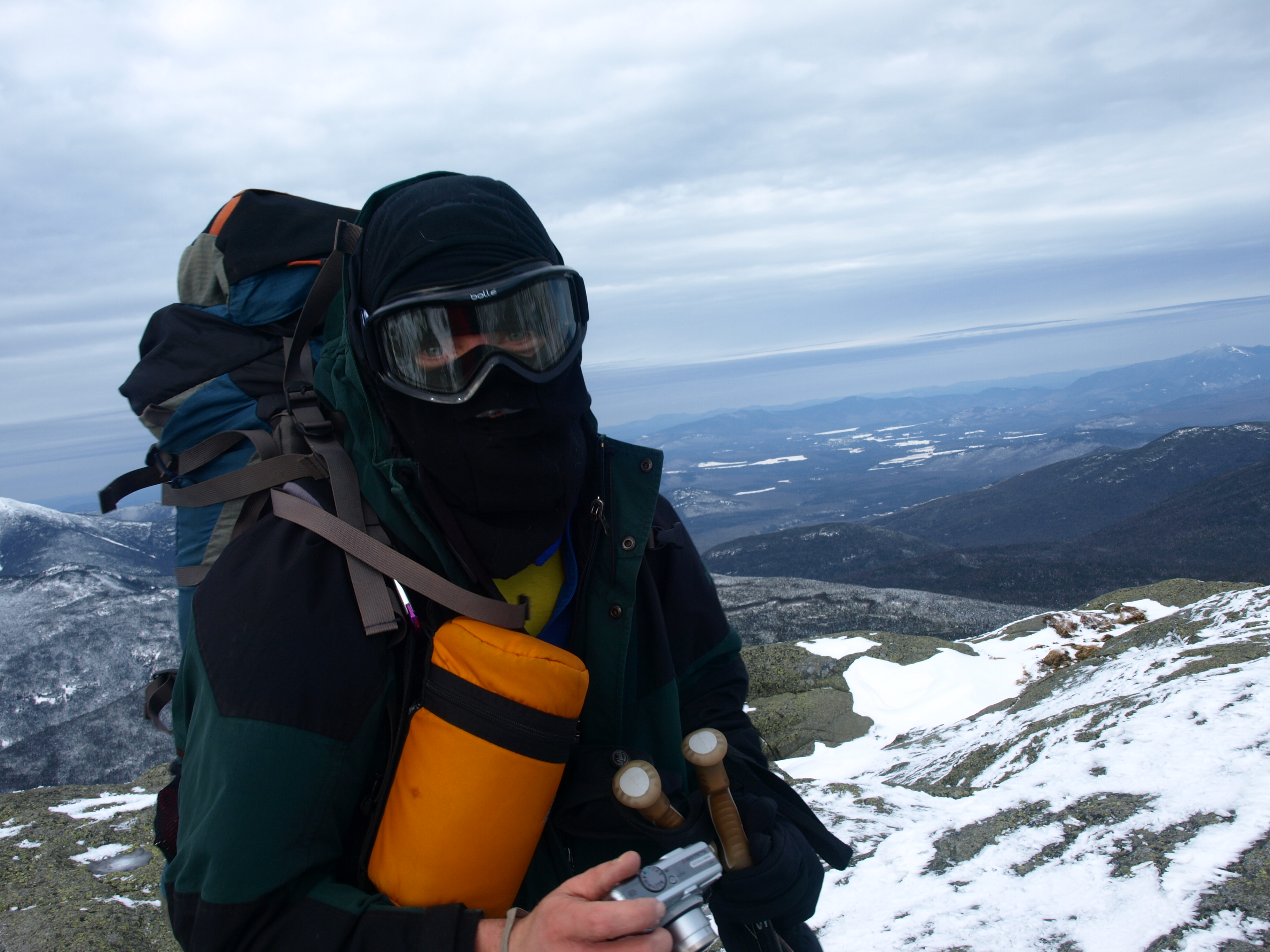
Goggles
If you are a skier or mountaineer, goggles are essential. Eye protection from snow reflection will save you from the burning feeling the snow reflection can give. They also protect from high winds and the wind chill associated. While not used often, they are good to have in your pack when you know you'll be spending ample time above tree line.
When using goggles with a balaclava they tend to fog up, so put on some anti-fog to help reduce this or make sure your balaclava has a way for your breath to escape easily. If there is no nose or mouth hole your hot breath escapes through the eye holes and under the goggles, causing the fogged-up condition.
Sizing is important, so try them on. They are made for different facial structures and sizes. They also make what is called and OTG model, which stands for "over the glasses," for those who have prescription eyeglasses. They also make prescription goggles, but those are quite pricey.
Helmet
Most cross-country skiers don't use helmets and that is understandable; however, if you venture into the trail skiing or backcountry skiing realm, get one and use it.
Be sure you size it correctly. A helmet should fit with little movement but not pinch your forehead. Leave enough room for a light liner.
Certain helmets fit perfectly with certain goggles. For example; Smith fits with Smith and Giro fits with Giro. What you want is to eliminate any gap between the top of the goggles and the helmet because that tends to be the frost nip point.
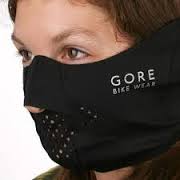
Balaclavas
Not to be confused with the tasty Greek dessert baklava, these come in both half and full face. Most are sized, but some come in a one-size-fits-most. You can buy a liner thickness or a heavy fleece; this is a personal preference and should be based on conditions. The thicker ones tend to be very warm under most conditions.
Consider ones with breathing vents for the mouth and nose, especially if you plan to use goggles. The vents also make it easier to breath under higher activity levels, especially during mountaineering and snowshoeing.
Sun block, wind block
Winter sun burn or wind burn is horrible stuff and it causes serious dry skin and chapping, and this occurs mainly on the face and neck. Sun block is not out of the ordinary in winter and lip balm is a great idea on the lips. Badger balm and Dermatone make great wind protection topicals for winter activities.
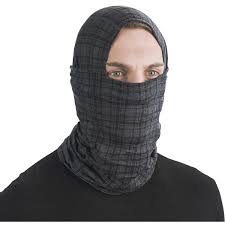
Neck gaiter
While not the most popular piece of equipment, they are nice if your jacket doesn't cover you well enough. Most neck gaiters are made of fleece, so they are super warm and cozy. Some are built with an extra-long tube which can be expanded over the ears, mouth and even head, making for a nice triple use piece of equipment.
For more on layering, check out my recent blog on outerwear materials and check back a bit later as I cover the hands, the feet and the core, in that order. Need to get some stuff? Check out a local gear shop and stock up. Need a hot bath and a meal after you have been out all day? Hamilton county is loaded with food and lodging just for you.






